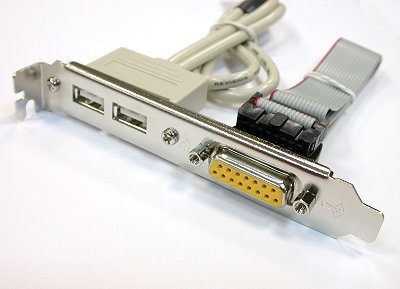

The function of Pure Data can be made to interpret and take action on these in any way required.
Joystick midi converter how to#
I had worked out for the previous project referred to above how to use the PCB from a defunct Apple keyboard as a means of outputting ASCII codes.

The first was for MIDI Out the second, via a DPDT toggle switch, allowed input to the converter to be internal or external in case I wanted to connect a MIDI instrument or controller, such as my Behringer FCB1010, use another audio-to-MIDI converter, or decided not to use the G2M inside the case. In this case, I didn’t even remove the outer casing as I had done the previous time, but simply shortened the IN, OUT and USB leads to fit and velcroed the unit to the inside of the case.Īudio and MIDI inputs would normally be via internal connections, but I added two 5-pin DIN sockets to the outside of the case. Secondly, I’d successfully used a very cheap MIDI-to-USB converter in a previous project (‘ A new use for USB keyboards‘), and decided for £3 or £4 that one could be included here. The G2M, like the USB hub, was velcroed in place and linked up via internally-connected plugs. I added the MIDI section for two reasons: the first was that although MIDI implementation wasn’t really the point of this Controller, it could, I thought, come in handy for later applications, and be a convenient place to house my Sonuus G2M – a monophonic guitar-to-midi converter.
Joystick midi converter Pc#
The hub was connected to a double USB socket unit – the type that would be fitted on a PC – with one socket connected to the type B output socket on the hub, the other one serving as an extra external input. The inside of the box was going to be a bit like an enclosed pedalboard, and I simply velcroed this unit in position inside the case. Given the number of items it would need to cope with, I got a powered one, which came with a 2-amp 5v mains adapter. To accomplish this, I added an extremely reasonably priced (£3.95) 7-input USB hub. The intention of the Controller was that all four elements (the Audio to USB, the MIDI to USB, the keyboard numbers and letters, and the gamepad controls) would all be capable of output via a single USB socket. In this case, the next cheapest type (£2) seemed to work fine. I tried a few of the very cheapest type (99p on eBay), which worked OK, but I experienced too much latency, and these can only be used when the delay between playing and sounding isn’t important – on automatic or aleatory devices, for example. I took a chance on a cheap Audio-to-USB converter. Internally, there are connections to a Sonuus G2M Audio-to-MIDI converter – described in the next section – and an Audio-to-USB converter. The 3.5mm output was included simply because this is the normal type of audio input socket on a laptop – which I was using to run Pure Data – and this would remove the need for a 6.35mm to 3.5mm adapter. Each channel has a separate mono Send and Return, and there is stereo Send and Return covering both channels. The system basically works so that it can accept inputs either via a 6.35mm stereo socket or separate 6.35mm mono sockets, and can be routed either to a 6.35mm or 3.5mm stereo output, or two 6.35mm mono outputs. For this reason, I added two audio input channels to the Controller. The audio section was slightly more complicated than it might have been, as I’ve been using a twin-necked (6 and 12-string) guitar, and at some point intend to separate the output of the two sets of pickups. Also via USB, Buttons and Potentiometers from a game controller. Keyboard Letters and Numbers, output via USB and 4.

There were to be 4 sections to the controller, which would be: 1. The holes were too close together for all of them to be foot controller buttons, but about half of them could be used. It was a large console-style case, about 18″ square, which I had already drilled with about 80 or 90 holes. I happened to have a suitable case for this project – the remains of a previous mixer project which was never entirely finished.
Joystick midi converter series#
In my previous post on the FXBOX, I described a series of PureData patches used for guitar effects, and the need for a Foot Controller to operate it.


 0 kommentar(er)
0 kommentar(er)
